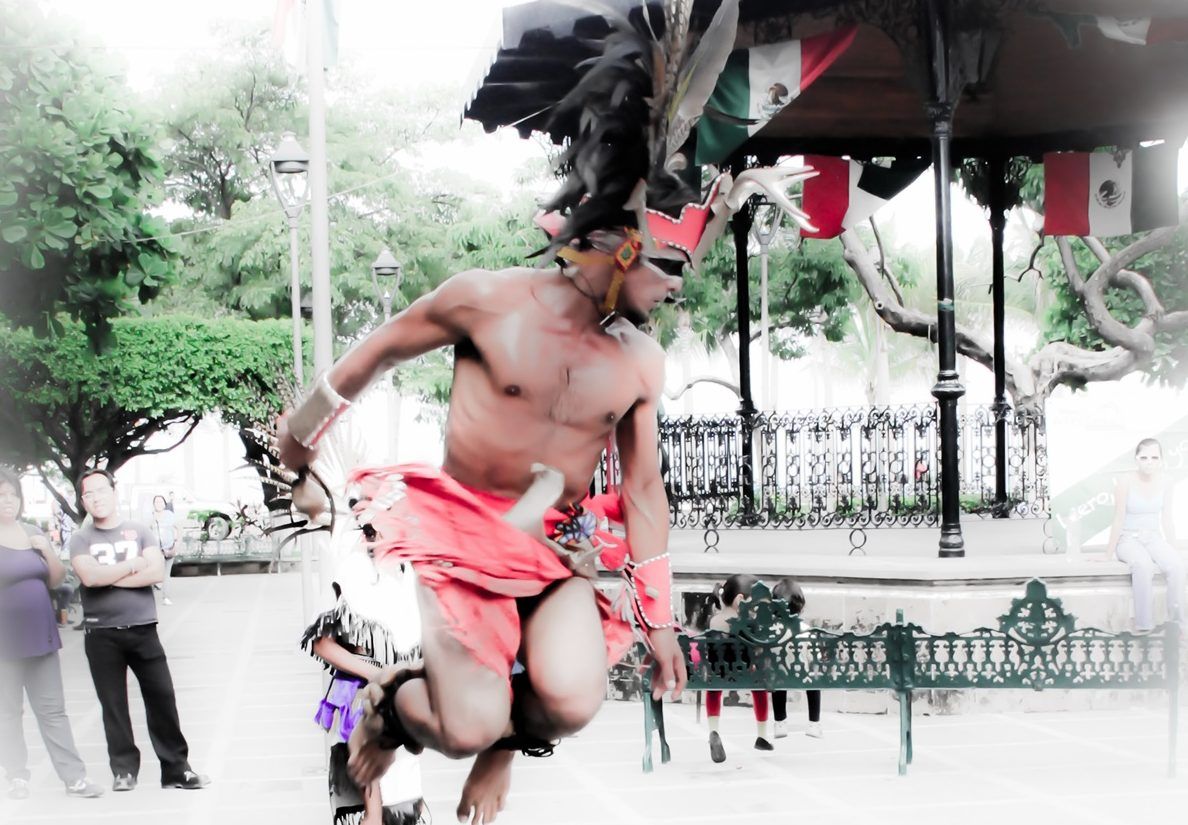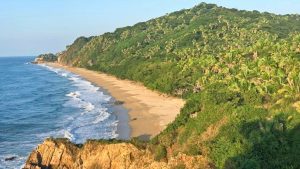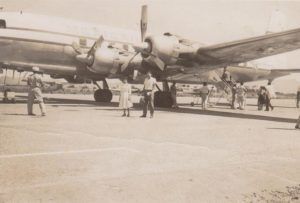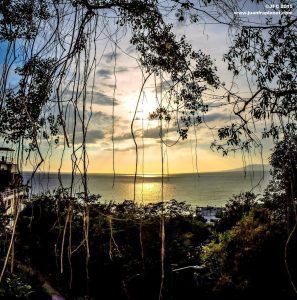The Yaopantli Xiutlicutli group preserves the tradition of pre-Hispanic dance in Vallarta. They not only dance, they offer their energy in movement in a wonderful philosophy of life.
Mexico is a country full of traditions, one of the oldest is dance. Puerto Vallarta is fortunate to bring together people who have an important motto in life: preserve our ancient traditions such as pre-Hispanic dance.
Pre-Hispanic cultures danced ritual dances as a thank you to the deities. In the amates (ancient codices), you can see how dance was used as an offering of pain and joy to the creator and the energies that surround us. During the Spanish conquest, this tradition was almost annihilated or, at best, modified. The colonizers tortured or killed those who practiced these dances. For example, those who played the drum had their hands cut off and those who danced had their feet cut off. They were persecuted to destroy our race, the strength of its spirit and ideology. To put an end to barbarism, they were allowed to perform their dances but dedicated to Catholic saints.
Pre-Hispanic Dance in Vallarta: A reverence to the gods
Many of the true meanings of the dance were preserved thanks to the oral tradition. In some families, the old men told the young men the ins and outs of what it was like before transforming it. The dancers danced for hours as a sacrifice in gratitude to the Sun, Mother Earth and the 4 elements.
The ritual begins with a salutation to the 4 cardinal points that represent specific deities: To the east Quetzalcóatl or "the feathered serpent", which represents wisdom and the connection between earth and heaven; to the west Xipetotec or "our lord the flayed", which represents change and transmutation; to the north Tecaxtlipoca or "the smoking mirror" that helps us look inward and reflect on other human beings; to the south Huitzilopochtli or "the left-handed hummingbird", lord of willpower and internal warfare.
The pre-Hispanic dance that we know today is attributed to the Toltecs and Chichimecas. It is considered that before it was practiced throughout the continent, known at that time as Anahuac. Originally the costume was just a blanket loincloth, currently many other elements are added to make it more attractive, such as feather headdresses, pectorals, bracelets, etc.
the magic circle
The dance is performed in a circle, in the center ceremonial objects are placed for various purposes. Copal is lit to purify the environment, there is a representation of the sacred deer and a snail to break bad vibrations and open the three-dimensional galactic portals. In front of these objects placed on the ground there is a drum that will carry the rhythm of the dance. The latter symbolizes the beating of our heart and the connection with the ancestors.
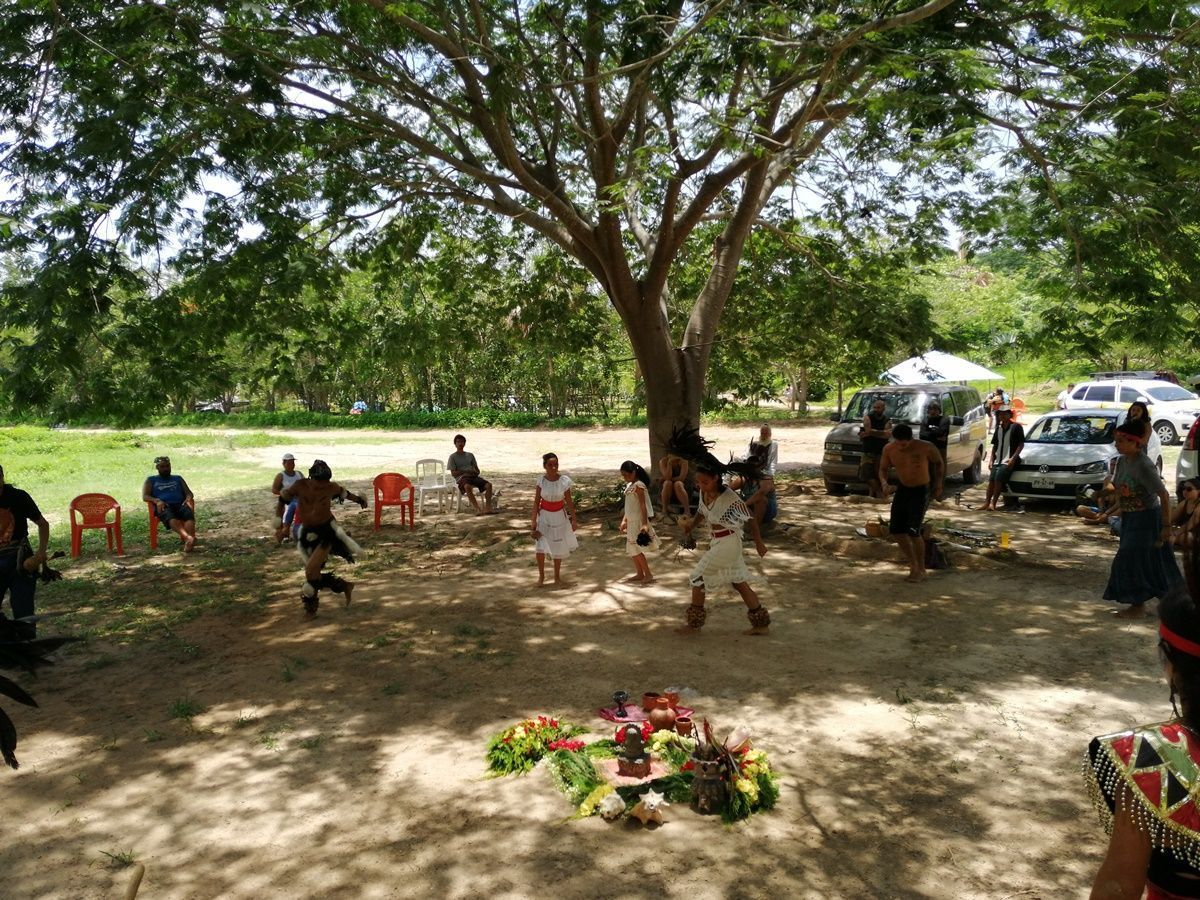
the outfit
The costume consists of 7 elements: the copilli (feather halo), the mastla (loincloth), the coyolis (foot rattles), bracelets, wristbands, knee pads and a pectoral. To the sound of the drum the turns and push-ups begin. The dancers dance from side to side and the sound of the rattles placed on their ankles accompany the sound of the drum, simulating the rattle of a snake and the sound of rain, which renews everything.
The rattle of each foot must be made up of 52 coyoles. By adding the coyoles of both feet, we add 104 coyoles. These represent the years that Venus takes to pass in front of the Sun and the time in which its 13 pentagonal synodic cycles are completed.
The purpose of the dance
The Dancers dance together, in harmony, in the same sense and in duality, since what the left side of their body does, the right side does too. According to tradition, when it is danced, we are all the same unified by the heart of Mother Earth; represented by the huehuetl (drum). By dancing they become warriors of the spirit, who have shed their egoism to offer their time and energy in harmony, together with their brothers on the way.
Honor life through movement
By dancing, people learn that each step has a purpose, a sense, which is none other than to honor life, which is given to us by Mother Earth and by the Father Universe, the sacred and creative duality.
Our ancestors taught us that each step in life must have a purpose, an end, a why and a why, therefore the movements must be conscious and with devotion so that they take us along the path that goes to the Father. Sun, towards the light, towards the truth.

A purposeful prayer
The dancers have a different way of seeing and living life. There is no age to start dancing. Even from childhood they are instructed in dance, but also in the ancestral cosmogony of these Anahuac lands.
Although the most widespread dance is called Aztec, it actually has its origin in this region of the country. Xalisco is a name in the Nahuatl language. Xiutla, as this valley was called before the arrival of the Spanish, also. That is why it is currently believed that the dance is returning to these places, because it originated here and spread throughout the continent in an ancient pilgrimage of tribes such as the Ceris and Yakis.
In Puerto Vallarta, the Yaopantli Xiuhtecuhtli circle preserves and spreads this tradition by performing in public places. For the foreign and even national tourist, this ancient dance, in addition to being beautiful, has a deep meaning. You can find more information at Temazcal Xochipilli Vallarta or follow them on FB at Mother Earth Ranch
If you see them on the city's Malecón, give yourself the opportunity to appreciate this magical ritual dancing for everyone, for everyone, and for everything. That is your prayer...
- El Vallartense, a gastronomic experience in the Pata Salada style - 1 September 2023
- The Puerto Vallarta Botanical Garden wants you to fall in love with it - 17 May 2023
- Plaza de Armas, the second most visited place in Vallarta - 2 May 2023

